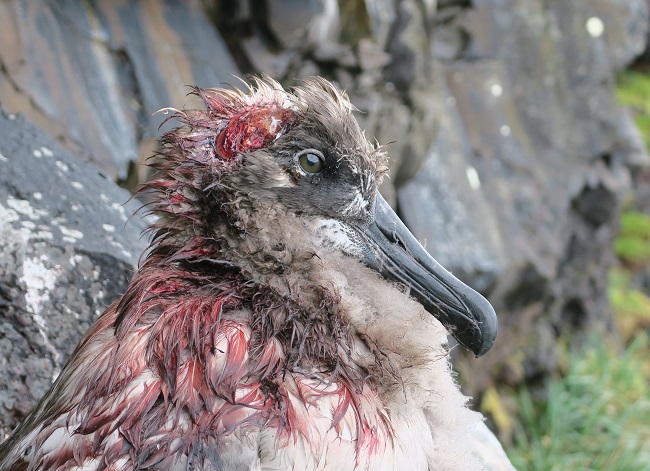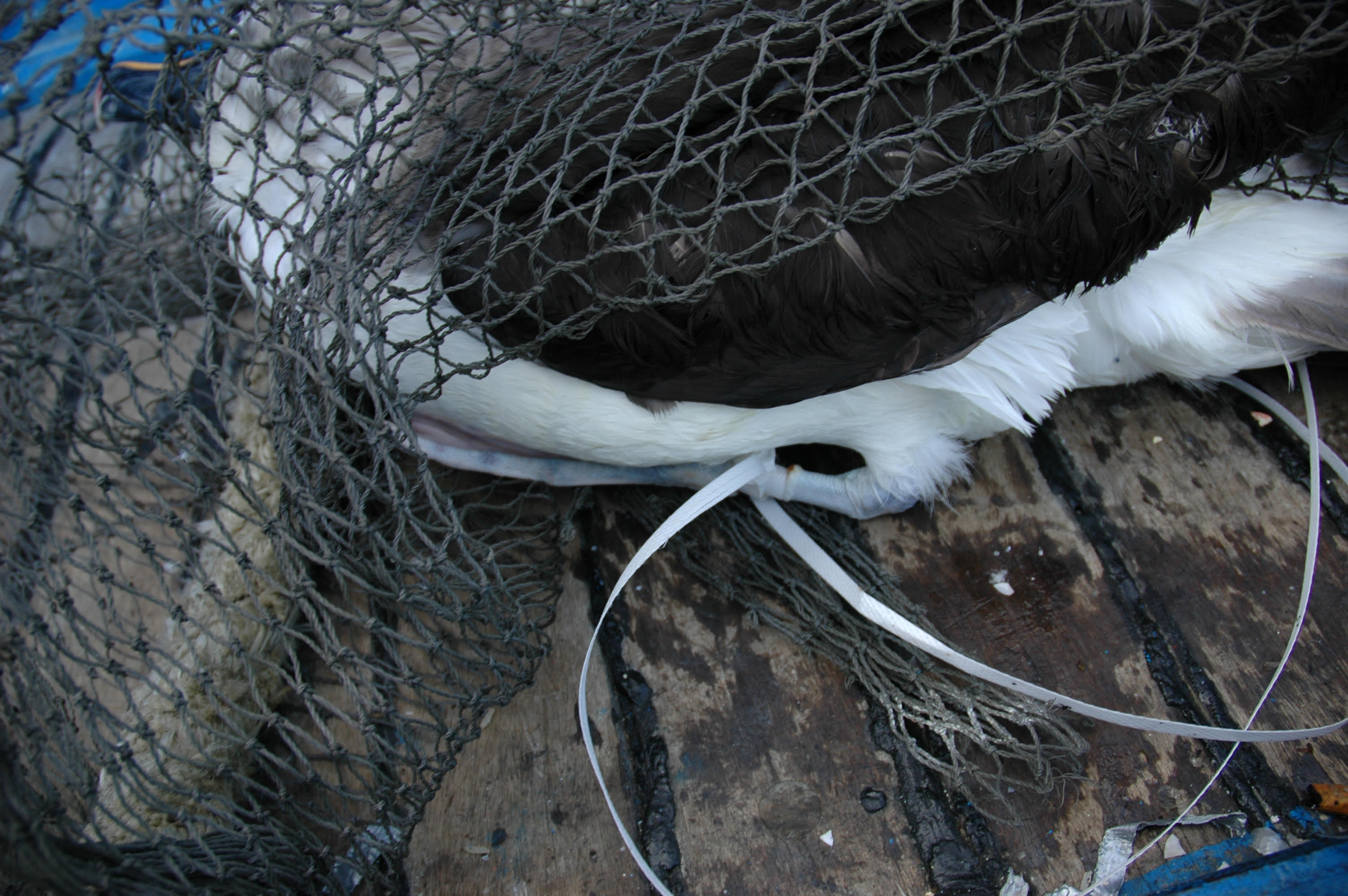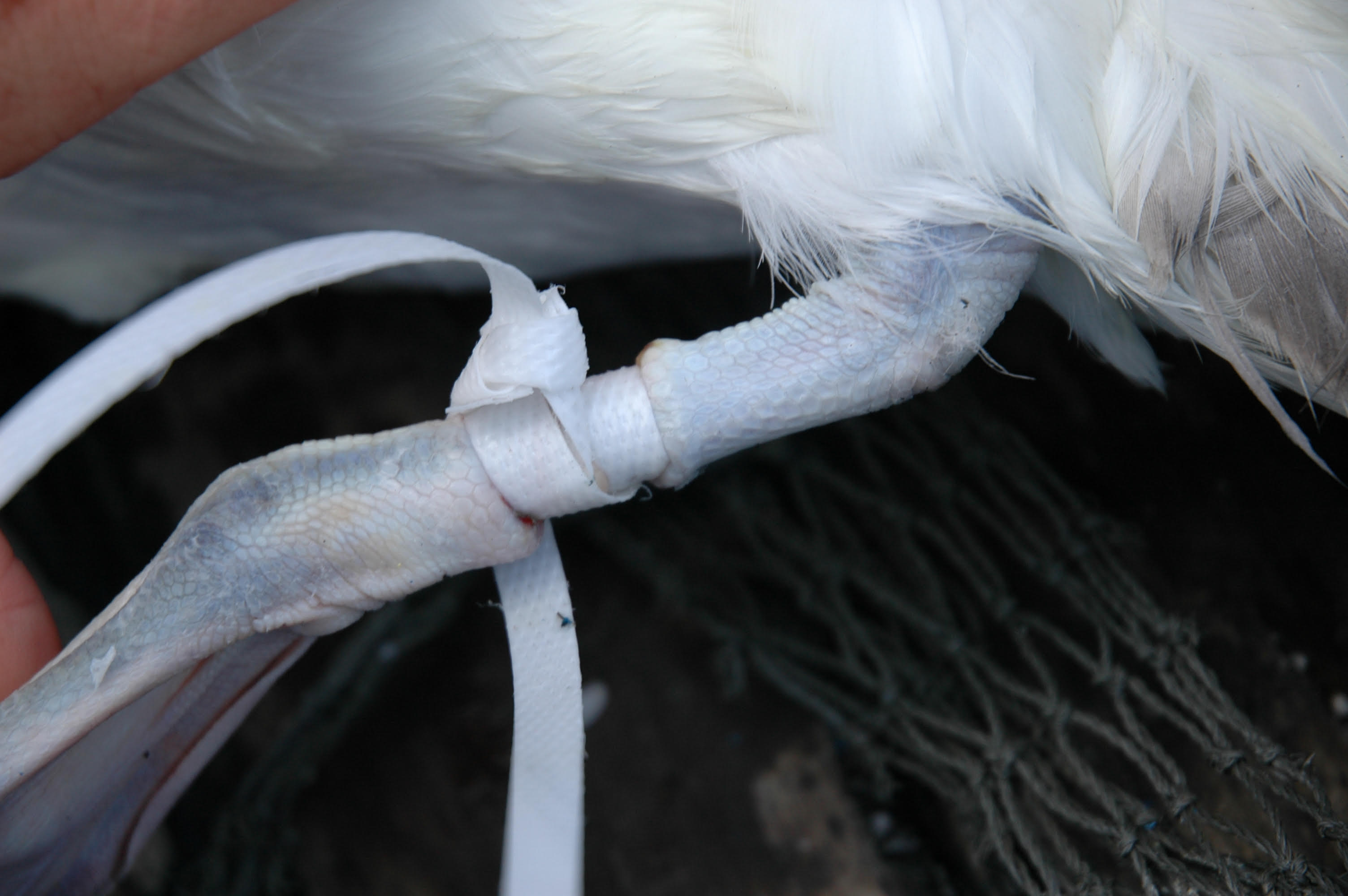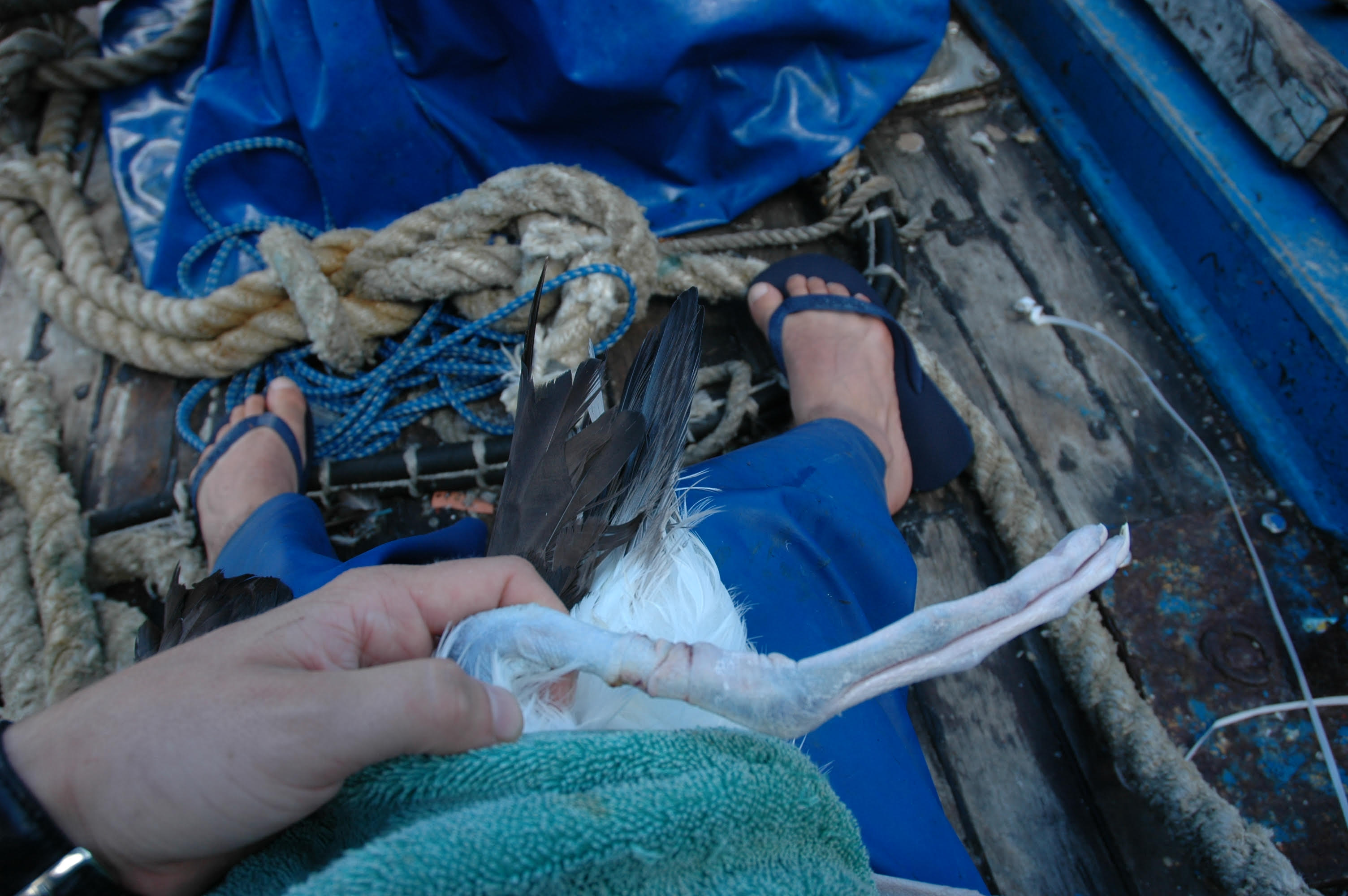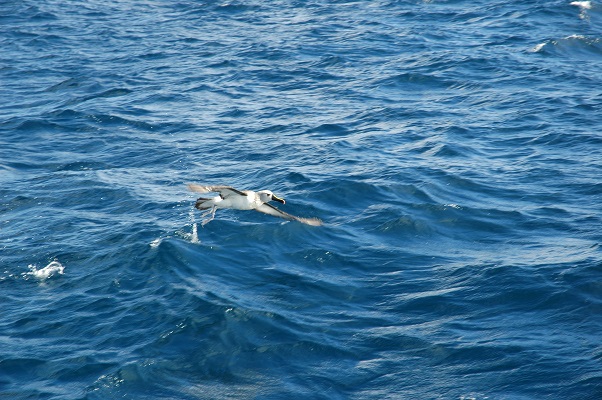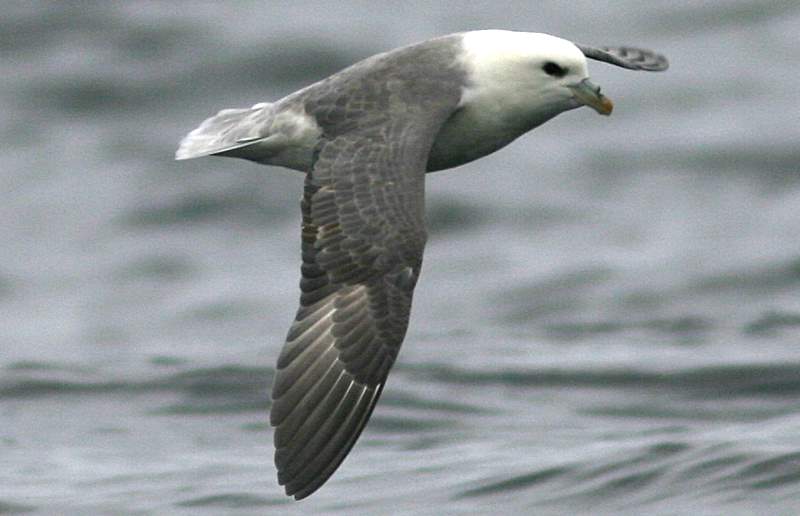Oliver Padget (Department of Zoology, University of Oxford, UK) and colleagues have written in the journal Current Biology on compass orientation in Manx Shearwaters Puffinus puffinus.
The paper’s summary follows:
“Compass orientation is central to the control of animal movement from the scale of local food-caching movements around a familiar area in parids [1] and corvids [2, 3] to the first autumn vector navigation of songbirds embarking on long-distance migration [4–6]. In the study of diurnal birds, where the homing pigeon, Columba livia, has been the main model, a time-compensated sun compass [7] is central to the two-step map-and-compass process of navigation from unfamiliar places, as well as guiding movement via a representation of familiar area landmarks [8–12]. However, its use by an actively navigating wild bird is yet to be shown. By phase shifting an animal’s endogenous clock, known as clock-shifting [13–15], sun-compass use can be demonstrated when the animal incorrectly consults the sun’s azimuthal position while homing after experimental displacement [15–17]. By applying clock-shift techniques at the nest of a wild bird during natural incubation, we show here that an oceanic navigator—the Manx shearwater, Puffinus puffinus—incorporates information from a time-compensated sun compass during homeward guidance to the breeding colony after displacement. Consistently with homing pigeons navigating within their familiar area [8, 9, 11, 18], we find that the effect of clock shift, while statistically robust, is partial in nature, possibly indicating the incorporation of guidance from landmarks into movement decisions.”
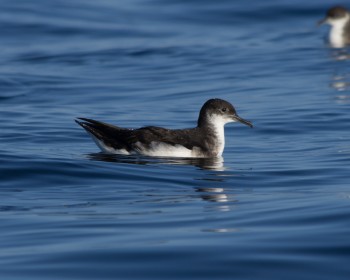
Manx Shearwater, photograph by Nathan Fletcher
Reference:
Padget, O., Bond, S.L., Kavelaars, M.M., van Loon, E., Bolton, M., Fayet, A.L., Syposz, M., Roberts, S. & Guilford, T. 2018. In situ clock shift reveals that the sun compass contributes to orientation in a pelagic seabird. Current Biology doi.org/10.1016/j.cub.2017.11.062.
John Cooper, ACAP Information Officer, 31 January 2018

 English
English  Français
Français  Español
Español 